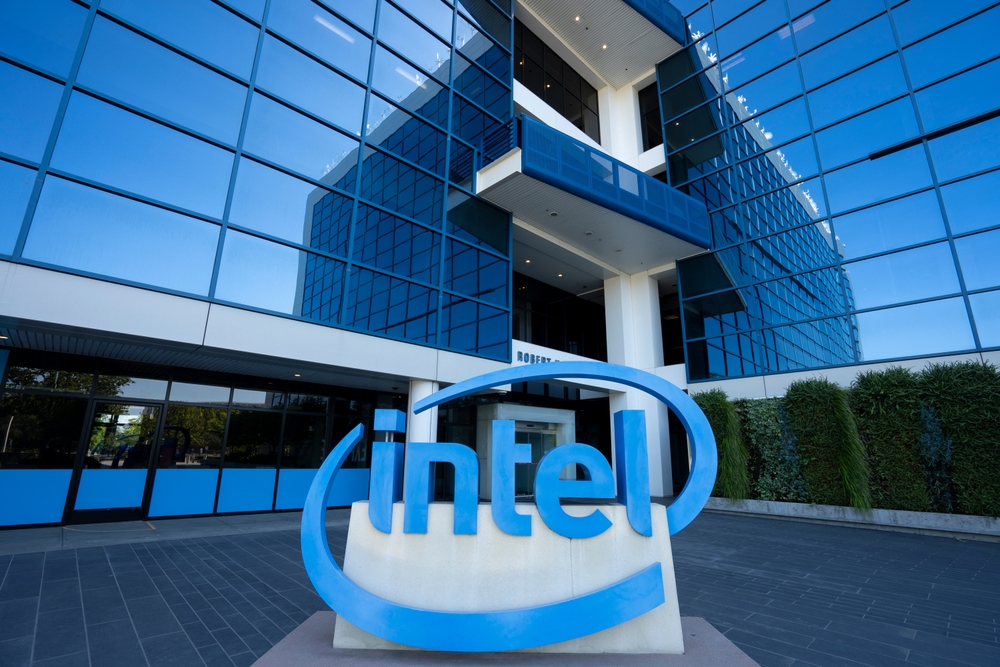The U.S. government has entered into an agreement with Intel Corp. (NASDAQ: INTC) to provide nearly $7.9 billion in federal grants, the largest direct subsidy from a program to support domestic semiconductor manufacturing. The deal, which is slightly lower than the $8.5 billion originally planned, allows Intel to begin drawing funds once it reaches milestones on projects in four U.S. states.
Significance of the agreement for Intel
The deal is critical not only for Intel, which faces technological challenges and financial problems, but also for the administration of President Joe Biden itself. Intel is the only U.S. manufacturer of advanced processors, and its projects are critical to national security and the U.S. goal of achieving a 20% share of the global advanced chip market.
Intel plans to invest $100 billion to build factories in the U.S., accounting for nearly a quarter of the total private investment backed by the CHIPS and Science Act of 2022. The bill earmarked $39 billion in grants, $75 billion in loans and guarantees, as well as 25% tax credits to revitalize the U.S. semiconductor industry.
Planned projects
Intel has received funding for projects in Arizona, Oregon and New Mexico, while its large project in Ohio is not yet eligible for federal support. The company has already invested $30 billion to expand its infrastructure in the United States, but some key projects are facing delays. In Arizona, production, originally planned for the end of 2024, has been postponed to 2025. In Ohio, the construction of the first factory has been delayed until the end of this decade, with the completion of the second plant not scheduled until after 2030.
Despite these challenges, Intel has successfully completed an advanced chip packaging plant in New Mexico and has invested heavily in R&D in Oregon, strengthening its technology base and long-term competitiveness. These projects represent an important step in the company's ambitious plan to revive its position as a leader in the semiconductor market.
Grant reduction and funding changes
The original plan to provide $8.5 billion in grants and $11 billion in loans has been modified. Intel eventually refused loans, and the reduction in the grant is related to the redirection of funds to the Secure Enclave program to produce advanced chips for the military. This program, originally funded by the Pentagon, was transferred to the administration of the Department of Commerce.
Risks and opportunities for investors
Intel faces challenges such as technology delays and investor dissatisfaction with financial results. The August financial report highlighted questions about the feasibility of the recovery plan under CEO Pat Gelsinger. In addition, the new U.S. president could potentially reconsider the CHIPS Act, which could affect future funding and conditions for the semiconductor industry.
On the other hand, Intel is still a key player in U.S. plans to achieve technological self-sufficiency. Federally funded projects represent a huge potential to increase the company's market value, especially in the context of growing demand for advanced chips, including those for the military.
Conclusion
Intel presents a significant investment opportunity for investors looking to take advantage of growing demand for semiconductors and government support to revive the U.S. tech industry. Although the company faces challenges, its strategic projects and critical role in national security suggest that Intel may be an attractive player in the market in the long term. However, investors should keep a close eye on developments in the regulatory environment and Intel's ability to meet the milestones set. [1]
https://finance.yahoo.com/news/intel-secures-7-9-billion-100000010.html
[1] Forward-looking statements are based on assumptions and current expectations, which may be inaccurate, or on the current economic environment, which is subject to change. Such statements are not a guarantee of future performance. They involve risks and other uncertainties that are difficult to predict. Results could differ materially from those expressed or implied in any forward-looking statements.


